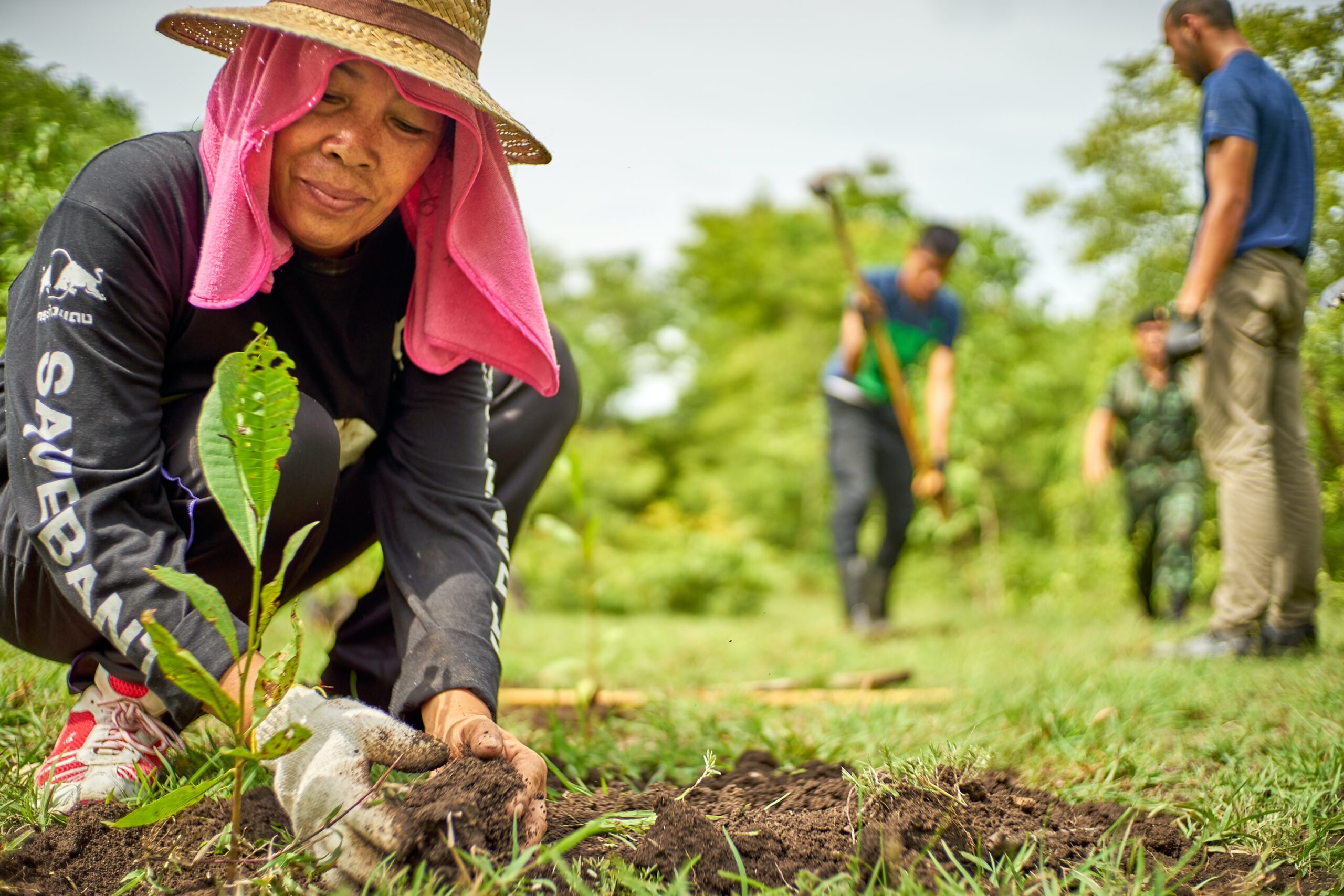Summer air temperatures will continue to rise in metropolitan regions due to climate change and urbanization, intensifying daytime and nighttime air temperatures and resulting in greater thermal discomfort for city dwellers. Urban heat may be reduced by trees that provide shade, decreasing air and surface temperatures underneath their canopies. We asked whether tree height and canopy density can help to identify species that provide greater microclimate benefits during day and night. We also asked if increased canopy cover of street trees provides similar microclimate benefits. We used continuous measurements of near-surface air temperatures under 36 park trees and from two urban streets to assess these questions. In the park, trees were grouped according to their height (<10 m, 10–20 m, >20 m) and canopy density (low, high), while the effect of canopy cover was tested using streets with high (31%) and low (11%) cover. Daytime near-surface air temperature declined with increasing height and canopy density providing significant cooling benefits. However, this trend was reversed at night when tall trees with dense canopies restricted longwave radiative cooling and trapped warm air beneath their crowns. High canopy cover of street trees reduced daytime air temperatures more, resulting in a lower number of days with hot (>35 ◦C) and extreme (>40 ◦C) air temperatures compared to the street that had low canopy cover. These findings suggest that tree species and streetscapes with dense canopy cover improve local thermal conditions during the day but do not seem ideal to allow for nighttime cooling, creating potential discomfort for residents during hot summer nights. Our results indicate that classifying trees using a simple metric can assist in selecting tree species that can alleviate the local negative effect of urban heat during the day, but at the same time, their effect in preventing optimal longwave radiative cooling during the night must be factored into planting strategies.





































































































































































































































































































































































































































































































































































































































































































































































































































































































































































































































